Nowadays using a JSON array would be an obvious answer.
Since this is an old but still relevant question I produced a short example.
JSON functions are available since mySQL 5.7.x / MariaDB 10.2.3
I prefer this solution over ELT() because it's really more like an array and this 'array' can be reused in the code.
But be careful: It (JSON) is certainly much slower than using a temporary table. Its just more handy. imo.
Here is how to use a JSON array:
SET @myjson = '["gmail.com","mail.ru","arcor.de","gmx.de","t-online.de",
"web.de","googlemail.com","freenet.de","yahoo.de","gmx.net",
"me.com","bluewin.ch","hotmail.com","hotmail.de","live.de",
"icloud.com","hotmail.co.uk","yahoo.co.jp","yandex.ru"]';
SELECT JSON_LENGTH(@myjson);
-- result: 19
SELECT JSON_VALUE(@myjson, '$[0]');
-- result: gmail.com
And here a little example to show how it works in a function/procedure:
DELIMITER //
CREATE OR REPLACE FUNCTION example() RETURNS varchar(1000) DETERMINISTIC
BEGIN
DECLARE _result varchar(1000) DEFAULT '';
DECLARE _counter INT DEFAULT 0;
DECLARE _value varchar(50);
SET @myjson = '["gmail.com","mail.ru","arcor.de","gmx.de","t-online.de",
"web.de","googlemail.com","freenet.de","yahoo.de","gmx.net",
"me.com","bluewin.ch","hotmail.com","hotmail.de","live.de",
"icloud.com","hotmail.co.uk","yahoo.co.jp","yandex.ru"]';
WHILE _counter < JSON_LENGTH(@myjson) DO
-- do whatever, e.g. add-up strings...
SET _result = CONCAT(_result, _counter, '-', JSON_VALUE(@myjson, CONCAT('$[',_counter,']')), '#');
SET _counter = _counter + 1;
END WHILE;
RETURN _result;
END //
DELIMITER ;
SELECT example();
